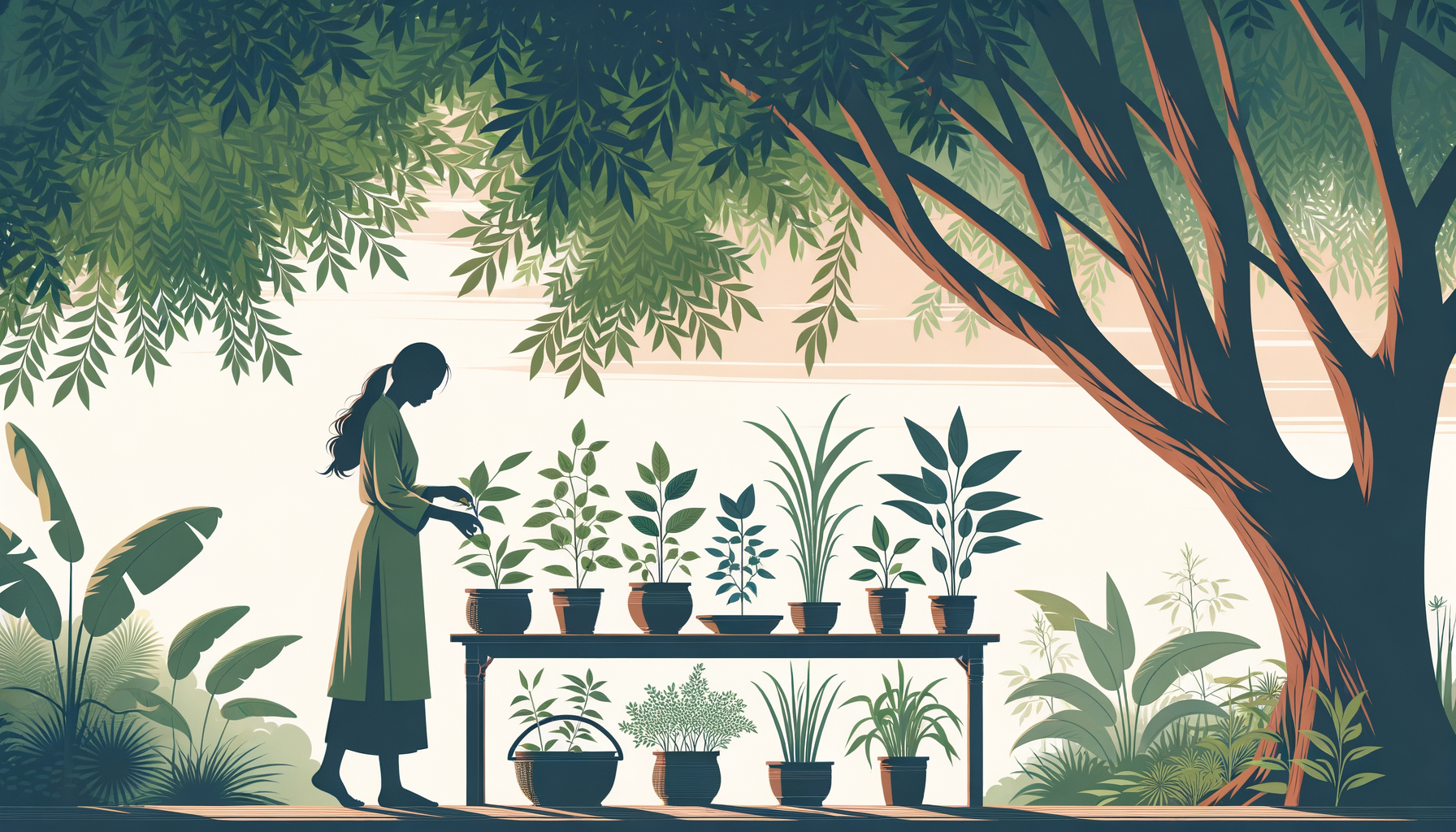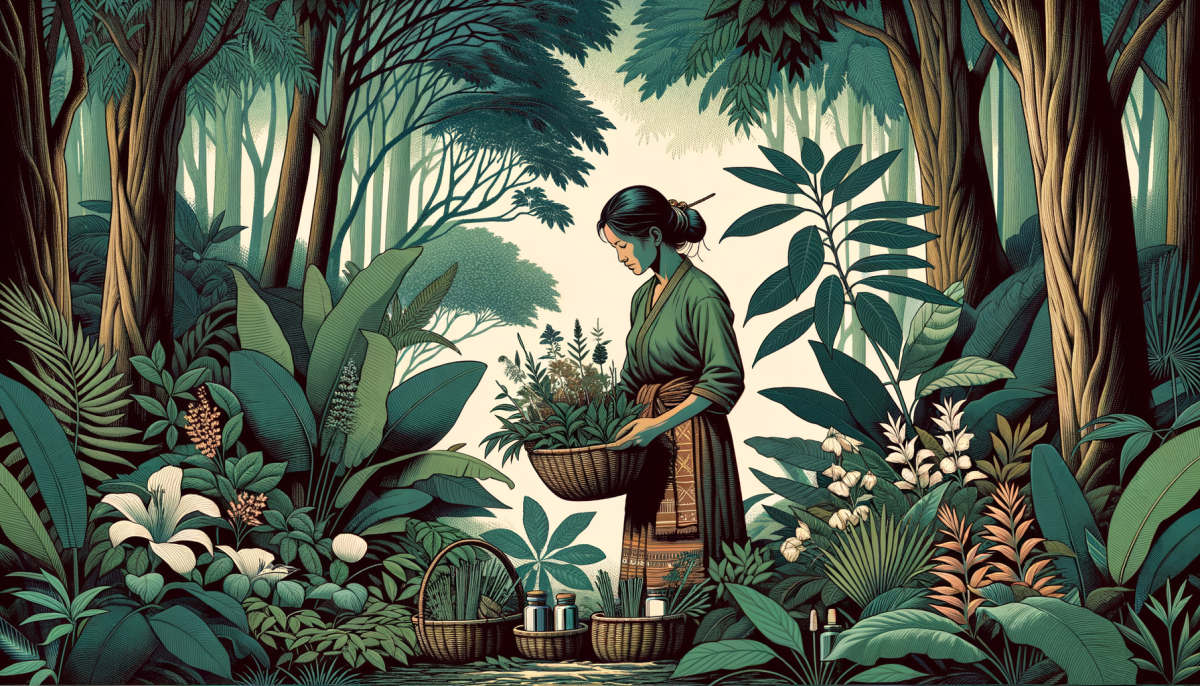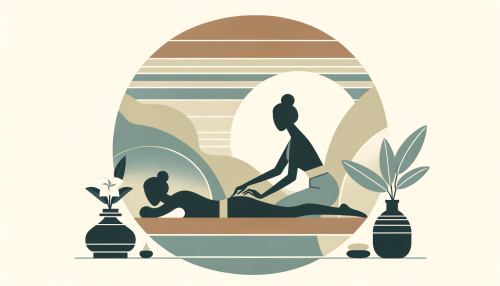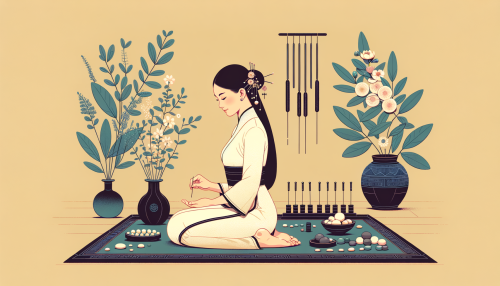Introduction
Immerse yourself in the verdant tapestry of Southeast Asia, a region steeped in a rich tapestry of traditional healing practices. This article serves as a compass, guiding you through the labyrinth of herbal remedies that have been nurtured and perfected over centuries. It’s a journey into the heart of nature’s pharmacy, where each leaf, root, and seed holds the potential to alleviate ailments and restore vitality. We delve into the wisdom of the ancients, unearthing the secrets of botanical healing that have been passed down through generations. This is not merely an exploration of herbal remedies; it’s an invitation to understand the symbiotic relationship between man and nature, and how this bond has shaped the health and wellness landscape of Southeast Asia.
Southeast Asian Herbs

In the verdant landscapes of Southeast Asia, a plethora of herbs flourish, each with its unique healing properties. These botanical wonders, steeped in centuries of traditional wisdom, offer a natural alternative to modern medicine. They are the silent healers, the unsung heroes of the region’s rich medicinal heritage.
Take, for instance, the humble turmeric. This golden-hued root, a staple in many Southeast Asian kitchens, is a potent anti-inflammatory and antioxidant. It’s not just a spice to add flavor to your curry, but a powerful remedy that can alleviate a range of ailments, from digestive issues to skin conditions. Then there’s the mighty ginger, another culinary favorite, revered for its ability to soothe nausea and fight off colds and flu.
In the same vein, the bitter-tasting Andrographis paniculata, commonly known as King of Bitters, is a potent immune booster. It’s a go-to remedy for fever, coughs, and sore throats. Meanwhile, the leaves of the Morus alba, or white mulberry, are used to control blood sugar levels, making it a natural ally for those battling diabetes.
The list goes on, with each herb offering a unique blend of healing properties. From the aromatic lemongrass that calms the mind and aids digestion, to the pungent garlic that lowers cholesterol and blood pressure, these herbs are nature’s pharmacy, providing relief and healing in their purest form.
However, it’s not just about the individual herbs. The true magic lies in the way these herbs are combined in traditional remedies, creating synergistic effects that amplify their healing power. This holistic approach to health and wellness, deeply rooted in the region’s culture, is a testament to the wisdom of our ancestors and the healing power of nature. It’s a legacy that continues to thrive, offering a beacon of hope in our quest for natural, sustainable health solutions.
Natural Healing Methods
In the verdant landscapes of Southeast Asia, a treasure trove of botanical wisdom thrives, offering a myriad of natural healing methods. These methods, steeped in centuries-old traditions, are a testament to the region’s rich biodiversity and the indigenous communities’ intimate knowledge of the flora around them.
One such method is the use of medicinal plants, a practice deeply ingrained in the region’s cultural fabric. From the aromatic leaves of the pandan plant, known for their calming properties, to the potent roots of the ginger plant, revered for their anti-inflammatory benefits, these botanical wonders are often brewed into teas or ground into powders, providing a natural remedy for a variety of ailments.
Another prevalent method is the practice of traditional massage, often using herbal oils derived from local plants. This tactile therapy not only soothes physical discomfort but also promotes emotional well-being, as the rhythmic strokes and the aromatic oils work in harmony to restore balance in the body.
Lastly, the use of herbal steam baths, a practice common in many Southeast Asian cultures, is another natural healing method. The steam, infused with a blend of therapeutic herbs, envelops the body, opening up the pores and allowing the healing properties of the herbs to penetrate deeply into the skin. This method not only detoxifies the body but also rejuvenates the mind, offering a holistic approach to health and well-being.
In conclusion, the natural healing methods of Southeast Asia are a testament to the region’s rich botanical heritage and the indigenous communities’ deep understanding of nature’s healing power. These methods, whether it’s the use of medicinal plants, traditional massage, or herbal steam baths, offer a holistic approach to health and well-being, harnessing the power of nature to heal, soothe, and rejuvenate.
Herbal Remedy Applications
In the realm of Southeast Asian herbal remedies, the application of these natural healing agents is as diverse as the flora from which they are derived. The utilization of these remedies is not confined to a singular method but rather spans a broad spectrum of techniques, each tailored to the specific ailment it seeks to alleviate.
Ingestion, for instance, is a common method of application. Herbal concoctions, often steeped in hot water to create therapeutic teas, are consumed to combat internal maladies. These range from digestive disorders to respiratory issues, with each herb selected for its unique medicinal properties. Turmeric, for example, is renowned for its anti-inflammatory attributes and is frequently consumed in tea form to soothe internal inflammation.
Topical application is another prevalent technique in the world of herbal remedies. Herbs are often ground into pastes or infused into oils, which are then applied directly to the skin. This method is particularly effective for treating external ailments such as skin conditions, wounds, and muscle pain. For instance, the leaves of the Centella Asiatica, commonly known as Gotu Kola, are used to create a paste that promotes wound healing and reduces scarring.
Inhalation, though less common, is another method employed in the application of herbal remedies. Certain herbs, when burned or vaporized, release therapeutic aromas that can alleviate respiratory issues or induce relaxation. The aromatic leaves of the Pandan plant, for example, are often used in aromatherapy for their calming effects.
In conclusion, the application of herbal remedies in Southeast Asia is a multifaceted practice, encompassing a variety of techniques designed to harness the healing power of nature. Whether ingested, applied topically, or inhaled, these natural remedies offer a holistic approach to health and wellness, deeply rooted in the rich biodiversity of the region.
Conclusion
In the final analysis, the potency of Southeast Asia’s herbal remedies, steeped in centuries of tradition and wisdom, is undeniable. These natural healing methods, a testament to the region’s rich biodiversity, offer a holistic approach to wellness, intertwining the physical, mental, and spiritual realms. The efficacy of these remedies, while often overlooked by modern medicine, is increasingly being recognized and integrated into contemporary healthcare practices. However, it is crucial to remember that while these remedies can complement conventional treatments, they should not replace professional medical advice. As we continue to explore and understand these herbal wonders, they hold the promise of a healthier, more balanced future.





